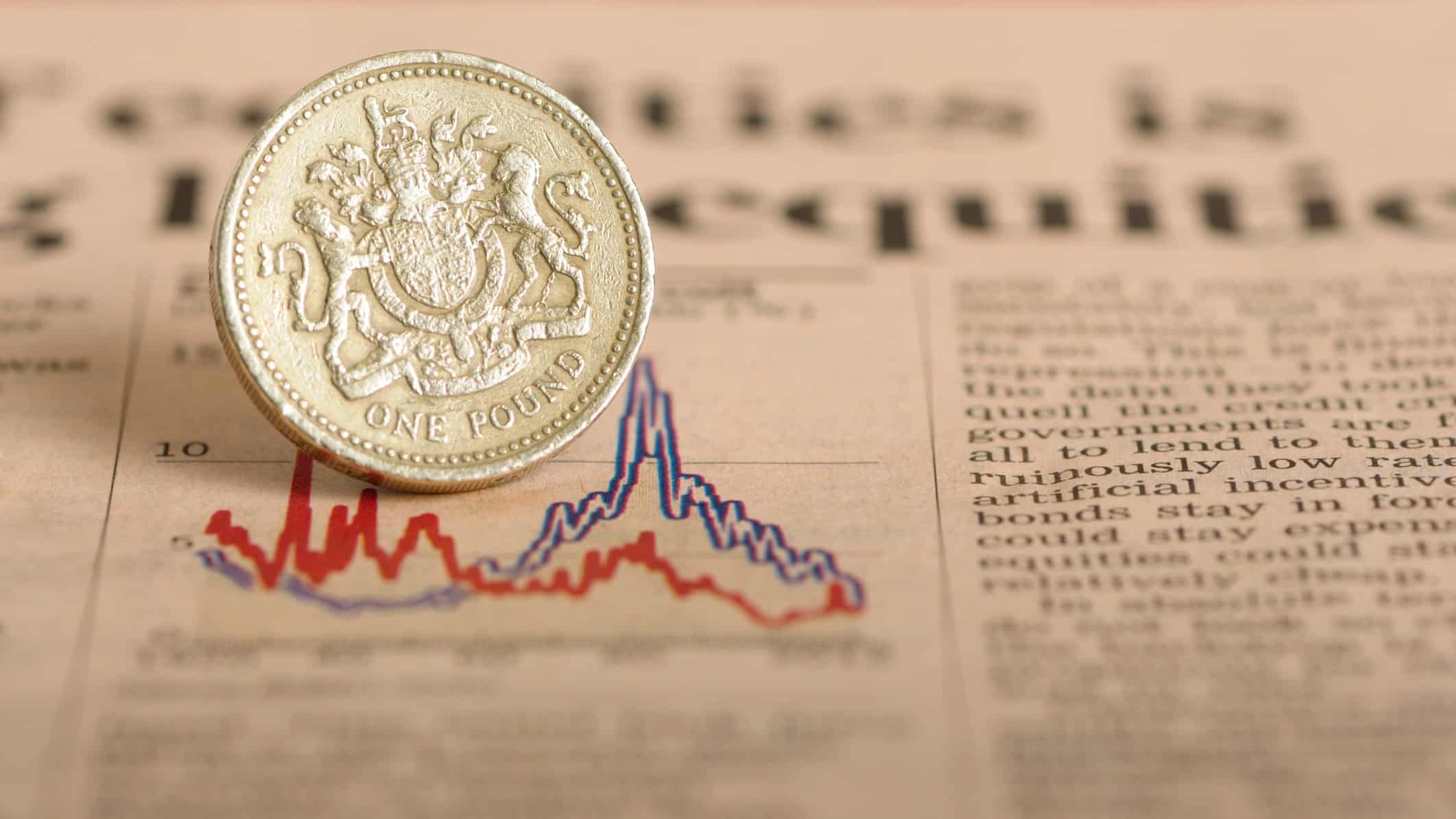The Lloyds Banking Group (LSE:LLOY) share price has been below 50p for some time now. That looks cheap, but when it comes to bank shares, there’s often more than meets the eye.
Sometimes, the risks and rewards of buying shares aren’t always obvious. With that in mind, here are three things I think investors ought to know about Lloyds shares.
It implies a £29bn market cap
Lloyds shares are currently trading at around 43p per share. With just under 70bn shares outstanding, that gives the company a market value of around £30bn.
This is important. It means investors looking for a 5% return (which I’d argue is the minimum they should be targeting) should be expecting the business to generate £1.3bn per year on average.
Is this realistic? Over the last decade, the company’s earnings have fluctuated quite a bit, from an £838m loss in 2013 to a £5.8bn profit over the last 12 months.
This illustrates the risk of challenging economic periods. On average, though, Lloyds has earned £3.3bn in net income per year – comfortably above the £1.3bn I think investors should be targeting.
It’s less than the company’s book value
Lloyds has a book value of 68p per share, so at 43p, the stock trades at a significant discount. This might make it look like a bargain, but things are a bit more complicated than this.
First, the difference between company’s book value and its share price is only likely to matter in the event of a liquidation. And this seems unlikely.
Second, in the event of Lloyds selling off its assets, it might not be able to get the full value for them. This means shareholders might not actually realise 68p per share in a liquidation.
What a low price-to-book ratio really implies is the market has doubts about the company’s ability to use its assets to generate cash. And that’s something for investors to be aware of.
It’s down 10% since the start of the year
Lastly, the Lloyds share price is down around 10% since the start of the year. That indicates investors are less optimistic about the business now than they were at the start of the year.
There’s some justification for this. Charges for bad loans, a shrinking loan book, and lower deposit levels all indicate there might be challenging times ahead for Lloyds.
It’s not all bad news for Lloyds, though. Higher interest rates caused the company’s margins to widen, boosting returns on the loans it still has on its books and resulting in increased profits.
Ultimately, the bank generated £3.9bn in profit in the first half of 2023, compared to £3.1bn during the first six months of 2022. So the bank is making more money despite the falling share price.
A stock to buy?
The Lloyds share price indicates investors are sceptical of the bank’s prospects. But as Warren Buffett points out, being greedy when others are fearful can be a winning strategy.
I think the company’s strong competitive position means there’s a good case for buying the stock at the moment. It’s on my list of FTSE 100 shares to buy in September.







